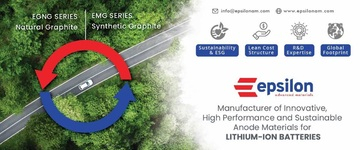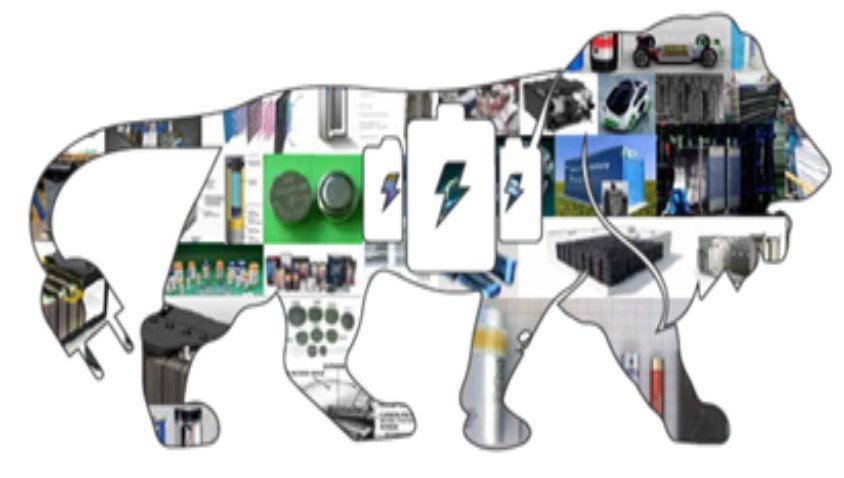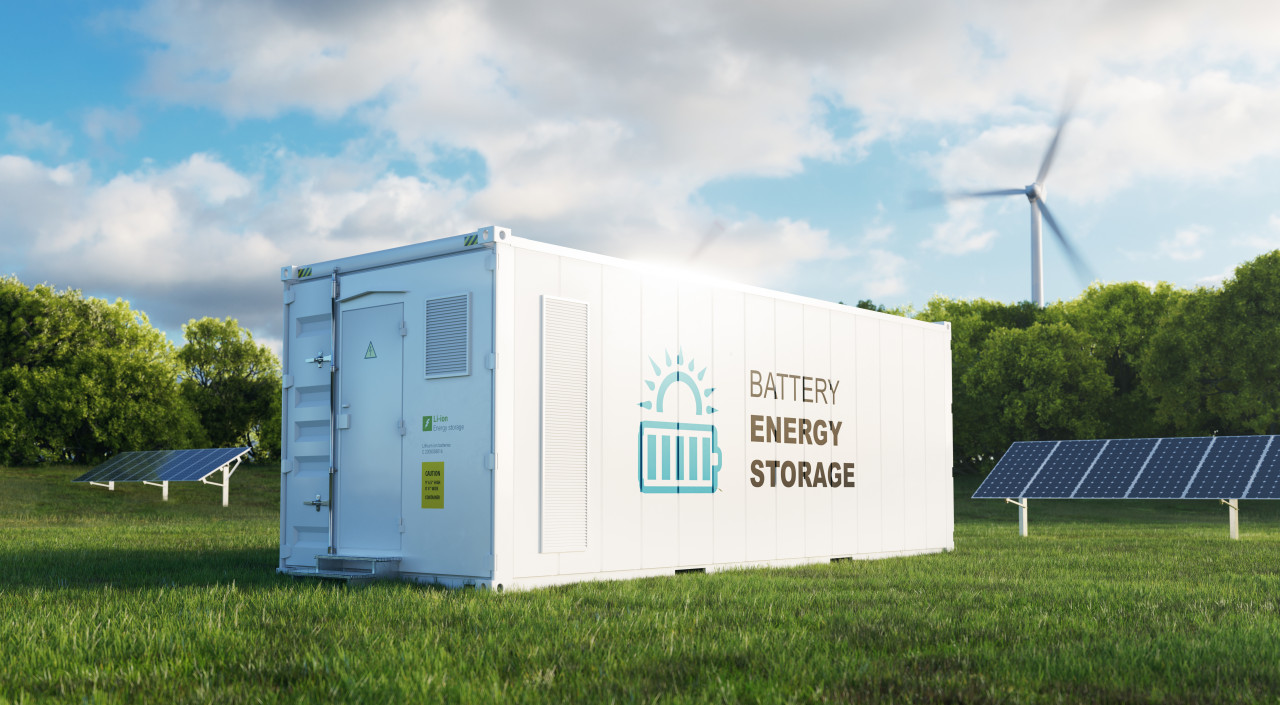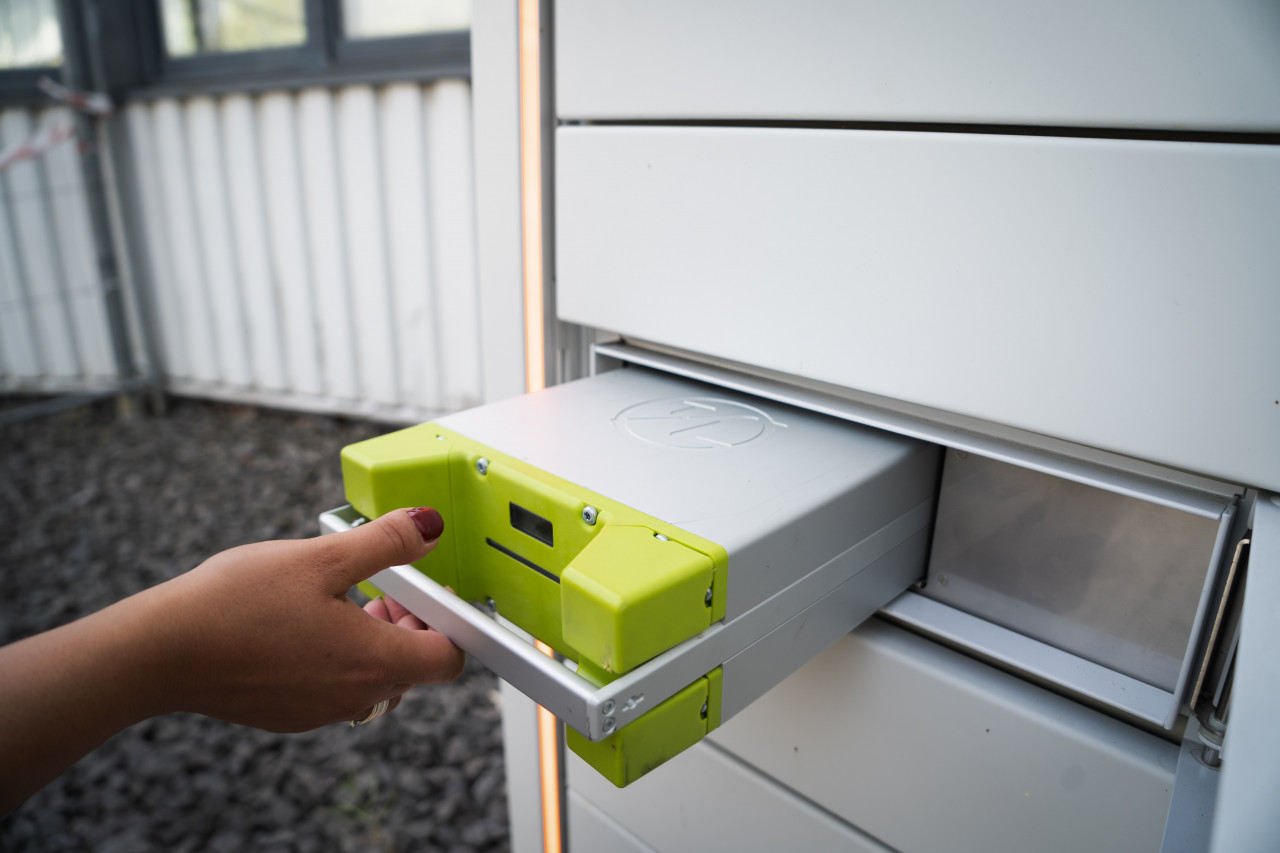Establishing India’s battery manufacturing capabilities
Successful implementation of the Advanced Chemistry Cell (ACC) Battery Storage Programme will not only enhance the battery manufacturing sector but also help attract investments in various upstream sectors like mining, processing, etc., and downstream sectors such as battery packaging, electric mobility, energy storage, computers, and electronics, writes Aman Hans, Ex-NITI Aayog, Programme Lead-ACC Battery Storage
With the Union Cabinet of India finally giving its formal approval to the National Programme for Advanced Chemistry Cell (ACC) Battery Storage on May 12, 2021, India has showcased to the world its clear resolute intent to take upon a leadership role in the global clean energy transition, to safeguard its energy security, and to ensure 'aatma-nirbharta' (self-reliance).
This is the key initiative of the government to attract global investments into the manufacturing of ACCs and setting up India's first few Giga factories. ACCs are the new generation advanced storage technologies that can store electric energy either as electrochemical or as chemical energy and convert it back to electric energy as and when required. Globally, manufacturers are investing in these new generation technologies at a commercial scale to fill the expected boom in battery demand through 2030.
In alignment with its vision of Aatmanirbhar Bharat, or 'Self-reliant India', the government had set up the National Mission on Transformative Mobility and Battery Storage in early 2019, under the Chairmanship of Amitabh Kant, CEO of Niti Aayog. The mission decided to put in place a robust framework to attract global investment into setting up India's maiden Giga factory. NITI Aayog, which is the nodal steering body for the mission, subsequently drafted the program framework and the model bid documents following intensive consultation with various key stakeholders and potential investors. Department of Heavy Industry (DHI) was made the nodal ministry responsible for the implementation of the ACC Programme.
ACC Programme framework
The adopted framework for the program is an umbrella initiative aimed at fostering an overall ecosystem to promote investments in ACC manufacturing in India.
The three key pillars of the ACC Battery Storage Programme are:
a) Performance linked incentive (PLI),
b) Composite custom duty matrix (CDM)
c) Robust action framework to spur ACC demand in India
Though the Union Cabinet has now accorded its formal approval towards the PLI component with an overall subsidy outlay of Rs.18,100 crore, going forward, the government of India should also ensure timely implementation of the other two pillars of the program to enable the nation to achieve the maximum efficacy of the said policy initiative.
PLI is a robust 'carrot-&-stick' policy tool, which not just ensures that the beneficiary firms receive an optimal financial incentive to mitigate various infrastructural and capacity constraints in the Indian economy, but also that the beneficiary firm meets its key performance indicators (KPIs) and output commitments.
For disbursement of PLI under the program, a sovereign agreement mechanism - a Concession Agreement (to be executed with DHI) and a Tripartite Agreement (to be executed both with the State and with the DHI) - has been adopted. The framework has been prepared with due consideration to three critical aspects: first, ensuring bankability of individual projects. Second, robust monitoring mechanism for achieving the KPIs and thus the desired socio-economic impact, and third, facilitating ease of doing business for potential investors.
The Concession Agreement lays down clear responsibilities of the concerned parties and includes necessary provisions to mitigate the project-specific risks on account of change of law, force majeure, and authority default. It incorporates a robust penal mechanism to ensure the achievement of the committed a) domestic value capture, b) installed production capacity of the plant; and specified c) performance criteria.
Apart from the Concession Agreement, the beneficiary is expected to enter into a Tripartite Agreement (TA) also. The TA, which has been explicitly cross-referred in the Concession Agreement, ensures the alignment of the PLI scheme with the State-level policies and the preparedness of the project before the start of the financial incentive window that it, in turn, minimizes the chances of delays in the commissioning of the project.
Under the Concession Agreement to ensure transparency and to curtail the chances of aggressive financial bidding -- a key cause of various project failures in India -- and given the disruptive technology nature of the projects, the following key framework has been adopted: first, it encompasses a value-weighted process with three key variables: cash subsidy, installed ACC manufacturing capacity, and value capture. The cash subsidy has a pre-specified threshold rate and shall be offered on output, i.e., the volume of cells manufactured and thereafter sold by the beneficiaries. Second, it is a technology-agnostic initiative, whereby only cells with higher performance specifications (i.e., energy density &/or cycle life) shall be eligible to avail of the incentives.
While the subsidy benchmarks shall be determined in a manner that cells with higher performance characteristics attract higher subsidy, thereby encouraging manufacturers to invest in R&D in India. Under the bid methodology adopted, the participants shall be ranked in order of their respective bid scores, and the ACC capacities shall be allocated in the order of their ranking, with the entity ranked 1 allocated the capacity first, followed by entity ranked 2, and so on, till a cumulative capacity of 50 GWh per year has been allocated. The subsidy support will be limited to a cumulative 50 GWh of ACC manufacturing capacity in India, with a single beneficiary not allowed more than 20 GWh cell manufacturing facility. Furthermore, to encourage economies of scale, the minimum bid may be restricted to 5 GWh capacity, which may be developed in phases over a pre-specified window.
Impact of the ACC Programme
India's expected demand for advanced batteries by 2030 is about 1100 GWh across different use cases. This would be ample to support the economies of scale and the target of 50 GWh capacity of advanced battery storage manufacturing in India, as proposed under the program through commissioning of 4-5 giga-scale factories by 2025-27.
With the successful implementation of the program, the Indian economy is expected to reap enormous benefits on account of the multiplier effect of the noted policy on the other sectors. ACCs, directly and indirectly, impact several critical sectors both downstream and upstream. Also, it is extremely imperative to understand the opportunity cost incidental on our nation on account of the foregoing robust domestic supply chain of advanced cells and battery storage. Hence, considering these factors, the program has emphasized domestic value addition and economies of scale. This shall enable India to attract investments in various upstream sectors like mining, processing, etc., and various downstream sectors such as battery packaging, electric mobility, energy storage, computers, and electronics.
Challenges to be addressed
Going forward, there still exist few critical challenges that confront the domestic ACC industry and need timely addressed. These include:
a) critical need for India to secure the material supply chain of key minerals and metals such as graphite, lithium, nickel, cobalt, manganese, etc. (for the current set of battery technologies). India lacks many of these critical metals, most importantly nickel, cobalt, and lithium; b) in absence of an assured offtake, need for a clear demand pipeline for ACCs. For this the program lays down a list of initiatives, along with clear action points for the concerned line ministries and the other key statutory bodies; c) regulatory framework for recycling, this not only forms a big part of metal recovery, especially for countries such as India but also limits the negative impact of battery disposal on the environment; and lastly,
d) setting up of ACC performance testing laboratories. While the Concession Agreement lays down a detailed mechanism and specifications for testing the performance specifications of the ACCs produced, currently there is no such laboratory in the country.
Finally, through a collaborative approach, along with the support and participation of various State Governments, the program on advanced battery storage will ensure that India captures the economic opportunities at hand while delivering societal and environmental benefits that will improve the quality of life for Indian citizens. These benefits shall outweigh any short-term disruptions. A transition of this nature will enable the nation to save ~Rs.2-3 lakh crore by avoiding oil imports and almost Rs.3.5 lakh crore of advance battery imports by 2030.
The article is authored by Aman Hans, Ex-NITI Aayog, Programme Lead-ACC Battery Storage.


























